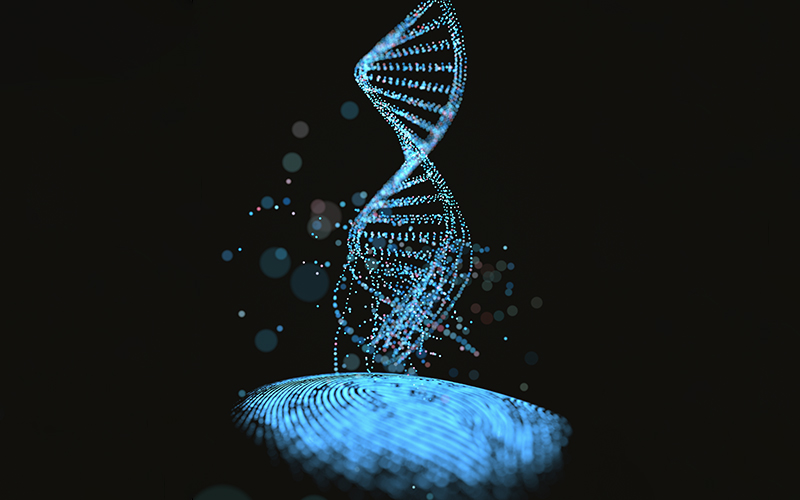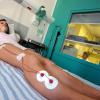This month: pharmabiome

I’ve not heard of “pharmabiome”, what is it?
Don’t worry, you won’t be alone. The term has only just been coined. It refers to the genetic signatures found in medicines.
Sounds intriguing. Tell me more.
It is from an international study investigating whether bacterial, plant, fungal, animal and human DNA traces, or environmental DNA (eDNA), could be found in the ingredients of falsified (also known as counterfeit) antimalarial medicines.
Are falsified medicines a big issue?
The WHO estimates at least 10% of medicines sold in low- and middle-income countries are either substandard or falsified – with falsified antimalarials prevalent in disease hotspots where access, affordability and corruption supports their distribution.
What did the researchers find?
“We found a much greater diversity of eDNA in the falsified tablets, with differences between the diverse falsified packaging types, as well as traces of human DNA,” said lead scientist Dr Jennifer Young, who led the DNA analysis.
What are the implications?
Poor-quality medicines are a serious threat to global public health, but there has been little research into new techniques to provide actionable evidence as to where they are coming from, who is making them and what their illegal trade routes are. This pilot research on the pharmabiome states that with the falling cost of genetic analysis it could offer a cost-effective tool to help investigators understand much more objectively where falisified medicines originate.”
Where can I read more?
Go to the link – bit.ly/3XTJBPp
Image credit | Shutterstock



